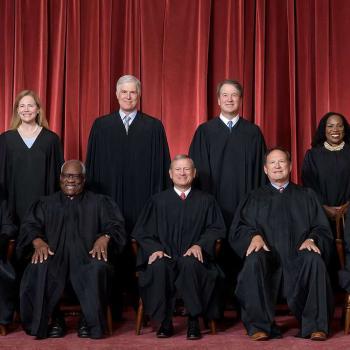It sounded like a great idea: Stanford education professors would create a model school to show how to educate low-income Hispanic and black students.
Or, as it’s turned out, how not to.
In March, Stanford New Schools (aka East Palo Alto Academy) — a charter high school started in 2001 and elementary grades added in 2006 – made California’s list of schools in the lowest-achieving five percent in the state.
This month, the Ravenswood school board denied a new five-year charter. The elementary school — now with K-4 and eighth grade — will close in June. Another year or two wouldn’t be enough to improve poor student performance and weak behavior management, Superintendent Maria De La Vega told the board.
The high school will get two years to find a new sponsor: the local high school district has said “no,” but there are other options.
How did it happen? Stanford New Schools, run by the university’s school of education, seems to stress social and emotional support over academics.
Stanford New Schools hires well-trained teachers who use state-of-the-art progressive teaching methods; Stanford’s student teachers provide extra help. With an extra $3,000 per student raised privately, students enjoy small classes, mentoring, counseling and tutoring, technology access, field trips, summer enrichment, health van visits, community college classes on campus, and community service opportunities. The goal is to send graduates to college as critical thinkers, lifelong learners, and “global citizens.”
The school provides students a web of support, reports the New York Times:
High school students have one teacher/adviser who checks that homework is done, and when it is not, the teacher calls home. Teachers know students’ families and help with issues as varied as buying a bagel before an exam to helping an evicted family find a home. Teachers stay late and work weekends, and tend to burn out quickly — causing a high rate of turnover.
EPA Academy enrolls very disadvantaged students: Most are the children of poor and poorly educated Spanish-speaking immigrant families; the rest are black or Pacific Islanders. Their English skills are poor. Those who come in ninth grade are years behind in reading and math.
In comments on the news stories that have run, I see a common refrain: It’s impossible to teach these kids. Not even Stanford can do it.
But other schools with demographically identical students are doing much better. The top-scoring school in the district is East Palo Alto Charter School (EPAC), a K-8 run by Aspire Public Schools, Stanford’s original partner. An all-minority school, EPAC outperforms the state average.
Rather than send EPAC graduates to Stanford’s high school, Aspire started its own high school, Phoenix, which outperforms the state average for all high schools. All students in the first 12th grade class have applied to four-year colleges.
Aspire co-founded East Palo Alto Academy High with Stanford, but bowed out five years ago. There was a culture clash, Aspire’s founder, Don Shalvey told the New York Times. Aspire focused “primarily and almost exclusively on academics,” while Stanford focused on academics and students’ emotional and social lives, he said.
via Pajamas Media » A Model School Flops.












